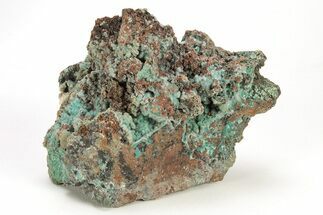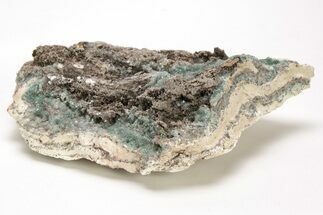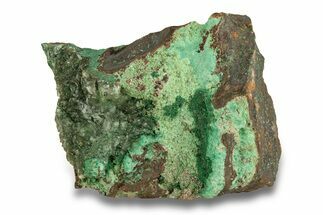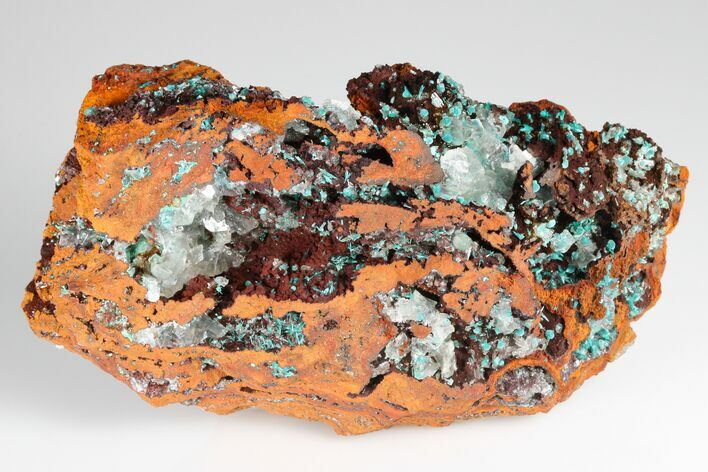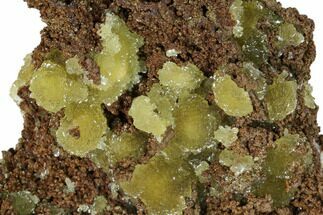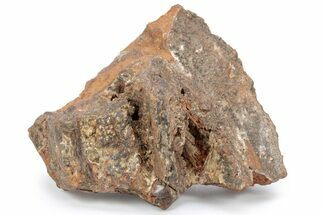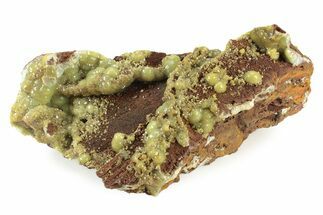This Specimen has been sold.
5" Rosasite, Selenite and Calcite Crystal Association - Mexico
This colorful specimen features aggregations of rosasite, selenite and calcite crystals that formed from a limonitic matrix. This beautiful specimen was collected from the Ojuela Mine in Durango, Mexico. It comes with an acrylic display stand.
Rosasite is a secondary mineral that forms in oxidation zones of copper-zinc deposits, generally forming a fibrous botryoidal sphere that can appear vitreous and silky. While typically featuring a blue-green color, colorless specimens are not unheard of. The chemical formula of rosasite is CuZnCO3(OH)2.
Calcite, CaCO3, is a carbonate mineral and the most stable polymorph of calcium carbonate. The other polymorphs are the minerals aragonite and vaterite. Calcite crystals are trigonal-rhombohedral, though actual calcite rhombohedra are rare as natural crystals. However, they show a remarkable variety of habits including acute to obtuse rhombohedra, tabular forms, and prisms. Calcite exhibits several twinning types adding to the variety of observed forms. It may occur as fibrous, granular, lamellar, or compact. Cleavage is usually in three directions parallel to the rhombohedron form.
Selenite is a variety of gypsum, a soft sulfate mineral composed of calcium sulfate dihydrate (CaSO4 · H2O). When chemically pure, gypsum is transparent and colorless, but impurities give the gypsum a diverse range of colors and formations. Desert rose selenite and satin spar are just a few of the varieties of gypsum known to have formed though hydrothermal processes.
SPECIES
Rosasite, Selenite & Calcite
LOCATION
Ojuela Mine, Mapimi, Durango, Mexico.
SIZE
5 x 2.8"
CATEGORY
ITEM
#180777
 Reviews
Reviews
